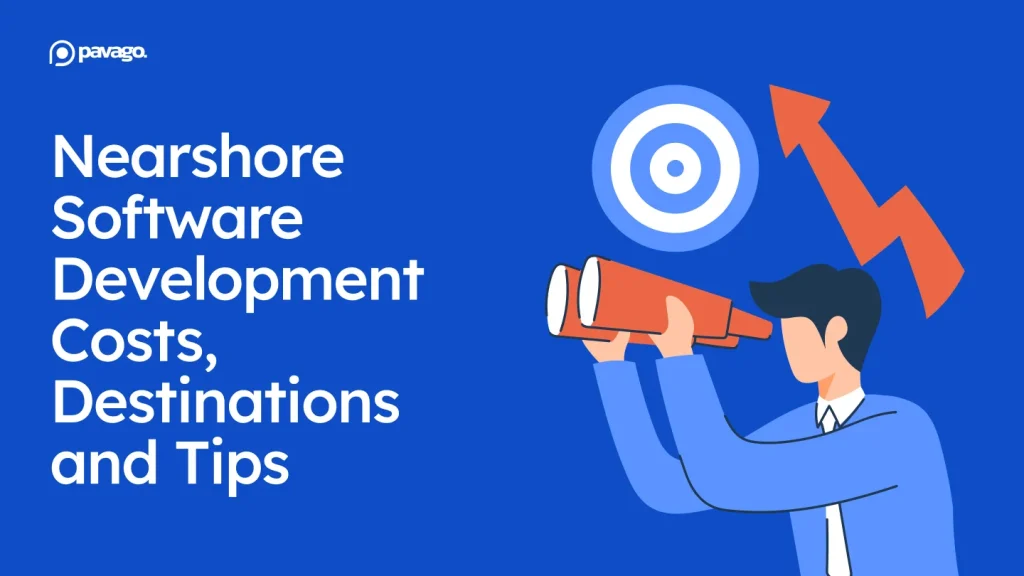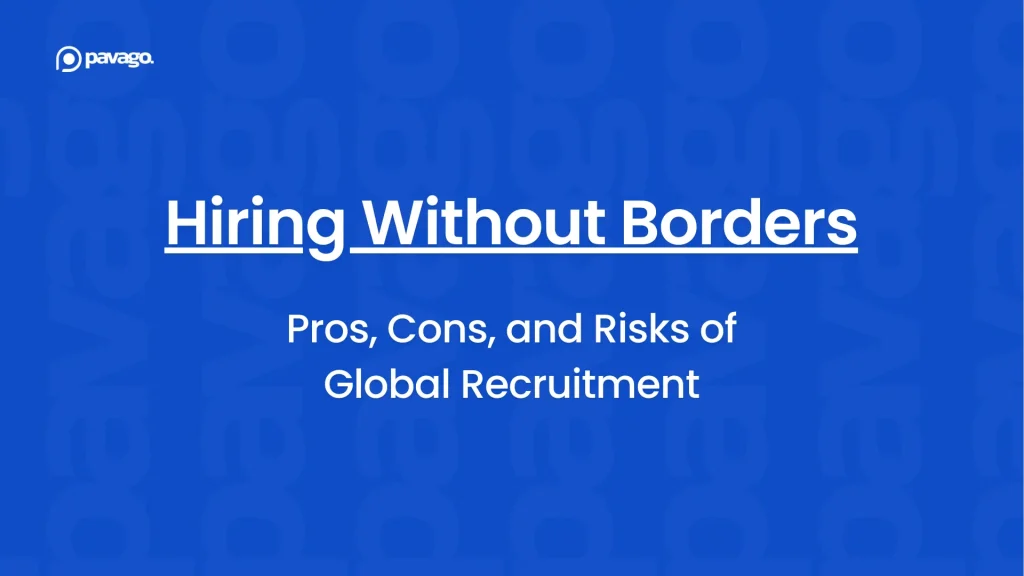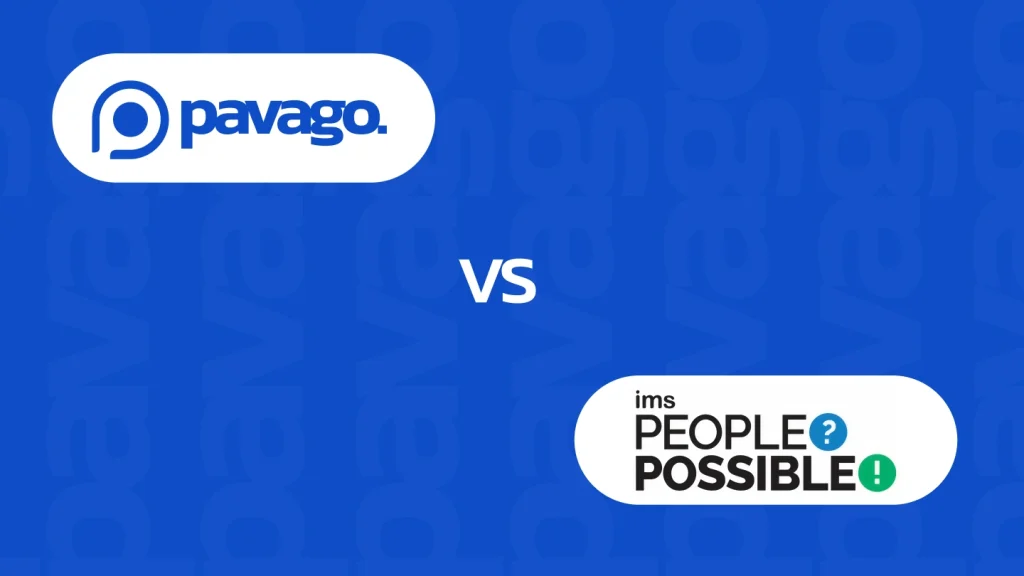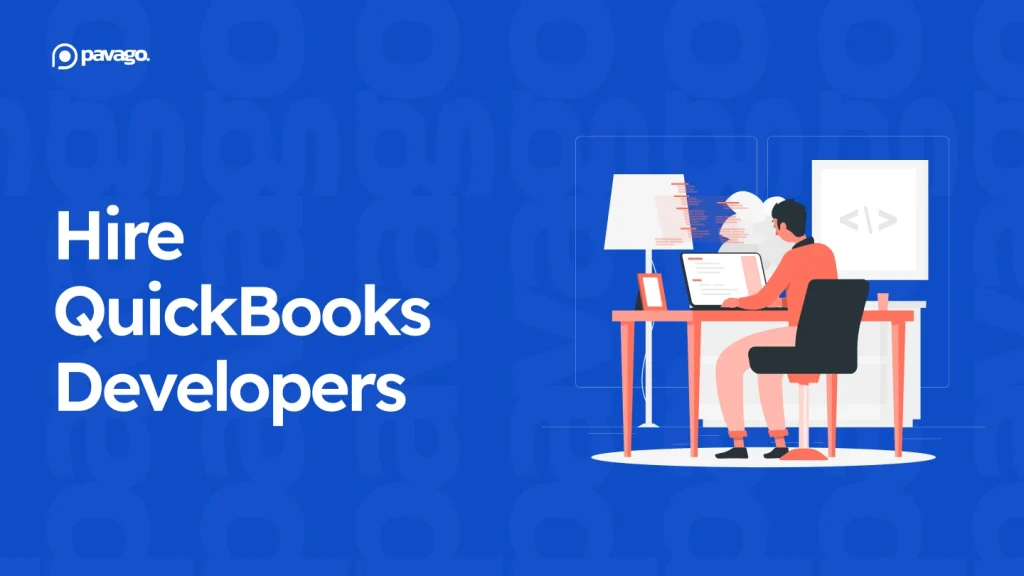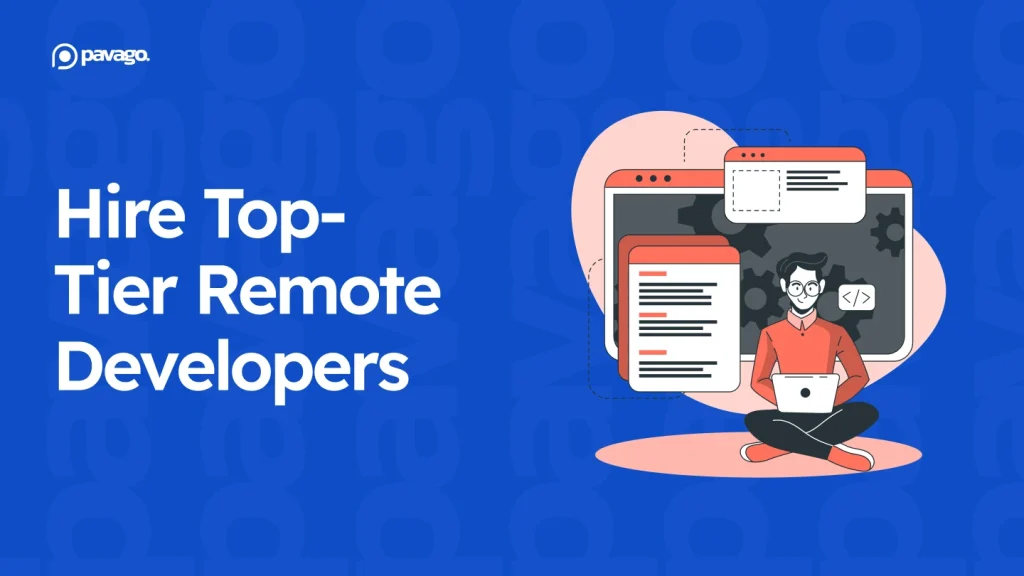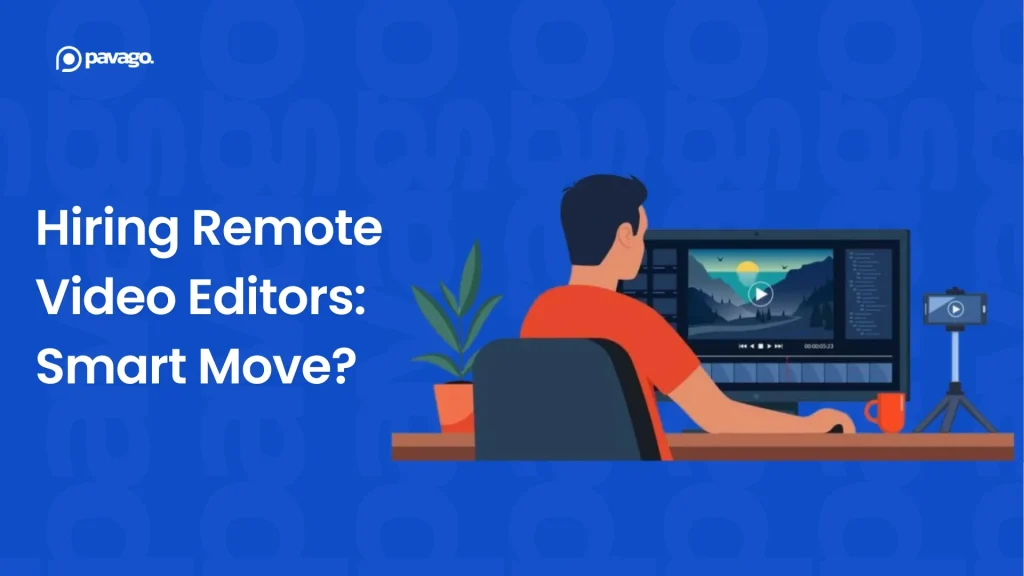Software development isn’t cheap, and finding skilled developers without breaking the bank is becoming harder every year.
Hiring in-house developers in the USA can cost up to $150 per hour, making software development a major expense for small to medium-sized businesses.
If you’re looking to cut costs without sacrificing quality, nearshore software development is the smartest way forward. It gives you access to top-tier talent in nearby countries at nearly half the cost of hiring locally – without the headaches of massive time zone differences or language barriers.
This guide will break down everything you need to know about nearshore custom software development – what it is, why it works, and how to make it work for your business.
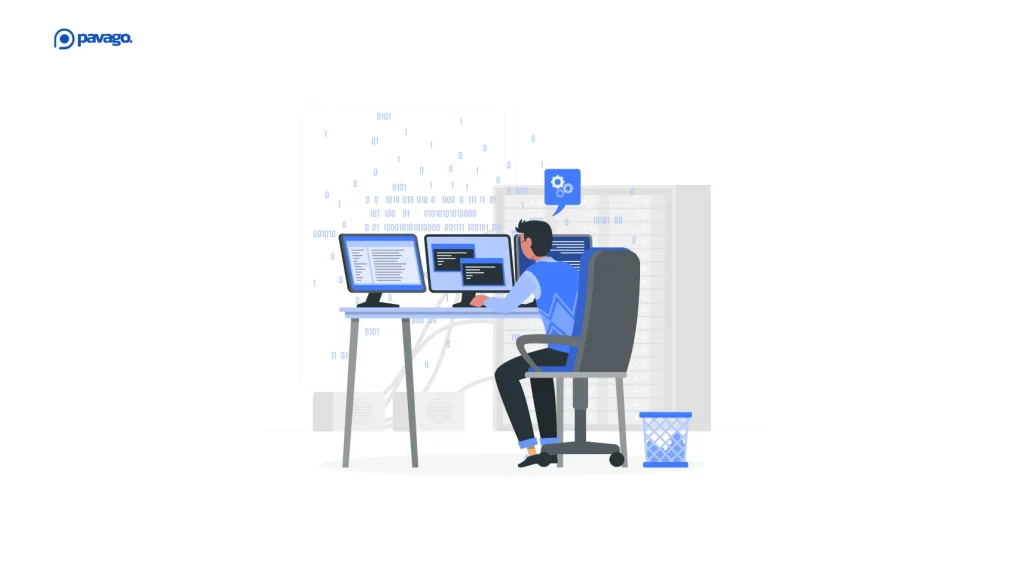
What Is Nearshore Software Development?
Nearshore software development is outsourcing development projects to teams in neighboring or nearby countries.
Unlike offshore outsourcing (hiring from far-away locations like India or the Philippines), nearshore development offers:
✔ Lower costs than hiring locally
✔ Better time zone alignment than offshore teams
✔ Stronger cultural & business similarities
✔ Higher English proficiency & communication
Think of it this way: nearshore IT development is like having an extension of your team just a few time zones away instead of halfway across the world.
Development roles you can easily nearshore:
Whether you need nearshore web development services or want to hire a remote engineering team, this approach helps businesses scale faster and cheaper than onshore hiring, and smoother than offshore hiring.
Already made up your mind about hiring nearshore software developers? You know what to do.
The Real Cost Breakdown: Why 40-60% Savings Isn’t Just About Salary
Most articles stop at “developers are cheaper in LatAm.” That’s true, but it misses the real savings.
Salary comparison is just the start:
- US developer: $130K/year
- LatAm A-player: $70K-$90K/year
- Direct savings: 30-50%
But the hidden savings are bigger:
No overhead costs:
- No office space ($2-3K/month per person)
- No equipment (laptops, monitors, etc.)
- No benefits administration
- No payroll taxes and employer costs (+25-30% in the US)
Faster shipping = faster revenue:
- Features get to market 2-3 weeks sooner
- You gather user feedback and iterate faster
- You stay ahead of competitors by moving quickly
- Revenue recognition comes sooner
Real example: A company paying 3 developers $180K each ($540K/year) could hire 5-6 nearshore app developers for the same budget and ship 3x faster. That’s not just cost-cutting – that’s growth acceleration.
Total impact for a $2M+ company hiring 3 developers:
- Salary savings: $180K-$240K/year
- Operational overhead savings: $120K-$150K/year
- Faster revenue recognition: $100K-$300K (depends on your metrics)
- Total first-year impact: $400K-$700K
That money goes back into product, sales, or more hires. It compounds.
Where to Find A-Player Nearshore Developers
This is critical, and most companies get it wrong.
You can hire cheap nearshore developers. They exist. They’re also mediocre.
A-players exist in LatAm too – developers who are as good as anyone in San Francisco but aren’t priced like it. The trick is finding them with the help of experienced engineering recruiters.
Here are the best nearshore countries for custom software development:
- Mexico – A strong tech ecosystem with excellent English proficiency and close time zone alignment with the US.
- Colombia – Rapidly growing IT sector with highly skilled developers and competitive pricing.
- Argentina is known for its strong educational system, which produces top-tier developers in software engineering.
- Brazil – The largest tech hub for hire in Latin America, offering a diverse and highly capable developer pool.
- Costa Rica – A rising hub for nearshore software development, known for its skilled workforce and government support for tech innovation.
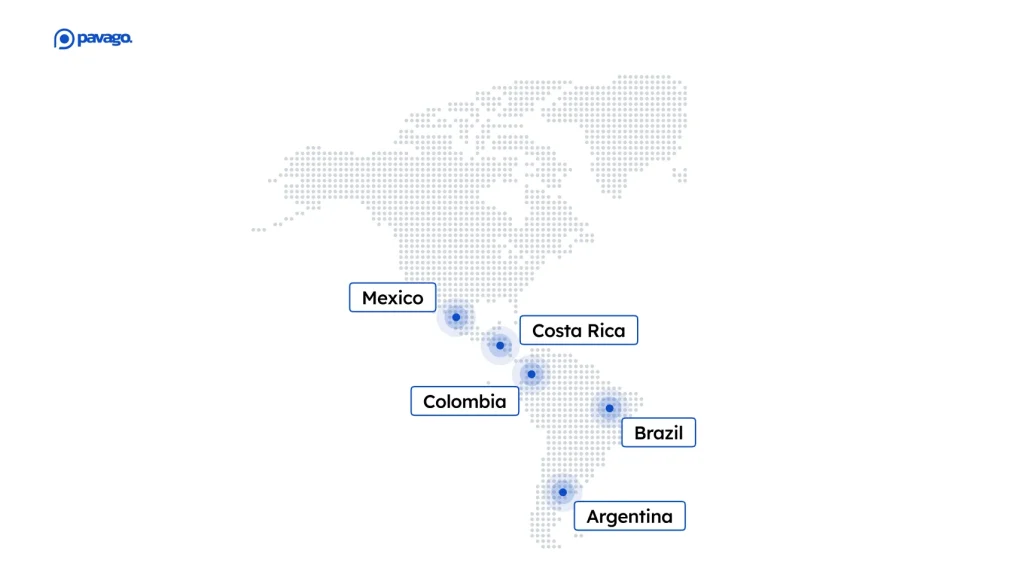
How to Get Started: DIY vs. Partner
When it comes to hiring remote developers and engineers, you have 2 options:
Option 1: DIY Hiring
- Post on Upwork, We Work Remotely, Toptal
- Vet 50+ applications
- Interview 10-15 candidates
- Hire 1
- Timeline: 8-12 weeks
- Success rate: 50-60%
Option 2: Nearshore Partner (Pavago)
- Tell us your needs (tech stack, team size, project type)
- We source pre-vetted candidates from our LatAm network
- You interview 3-4 qualified options
- Hire immediately
- Timeline: 2-3 weeks
- Success rate: 85%+ retention and performance
Cost: $329/month per developer (flat fee) + $500 annual subscription
For an SMB, the partner approach is a no-brainer.
Saving 4-8 weeks of hiring time and reducing hiring risk from 50% to 15%? That’s worth $2K-$4K easily.
How to Vet Nearshore Developers (Before You Hire)
This is where most DIY hiring fails.
You post a job on a freelance platform. You get 50 applications. You interview 5. You pick one. Six weeks later, they’re not working out.
What should actually happen is that you assess for four things:
1. Technical Skill (Obviously)
But “technical skill” isn’t a checkbox. You need to know:
- Can they architect a solution, or just follow tickets?
- Have they worked with your specific tech stack?
- Can they write maintainable code, or just code that works?
Red flags:
- Portfolio is all small projects
- Can’t explain their past projects in detail
- Never thought about scalability
Green flags:
- Has shipped products at scale
- Can articulate design decisions (not just what they built, but why)
- Thinks about edge cases unprompted
2. Async Communication (Critical for nearshore)
This is the skill most hiring misses but determines success.
Can they:
- Write clear technical documentation?
- Explain blockers without needing a call?
- Ask clarifying questions upfront instead of assuming?
- Update you proactively on progress?
How to test: Give them a technical scenario. Ask them to write their approach in Slack format. Is it clear? Could you act on it without follow-ups?
3. Self-Motivation & Ownership
Nearshore developers need to think independently. They can’t ask you every 10 minutes.
Ask about a time they:
- Shipped something without being asked
- Fixed a problem that wasn’t their responsibility
- Pushed back on a bad approach (respectfully)
Red flag: They’re passive, waiting for instructions.
Green flag: They’re proactive, identifying problems before you do.
4. Cultural Fit (Not Personality)
This isn’t about being best friends. It’s:
- Do they care about the product, not just the paycheck?
- Can they give and receive feedback?
- Do they want to learn, or are they defensive?
How to spot it: Ask about their last job. Did they stay? Did they grow? Are they excited or just looking for work?
Or, you can outsource this entire process to a reputable engineering search firm like Pavago.
How to Successfully Outsource Nearshore Development
If you’re new to nearshore outsourcing, here are the key steps to ensure success:
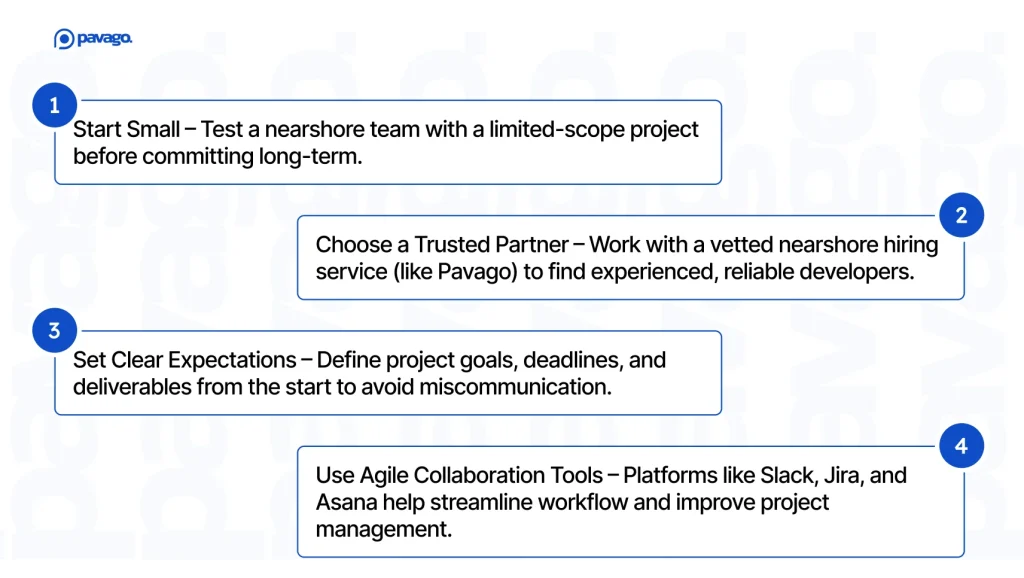
Nearshore vs. Offshore: What’s the Better Choice?
Many businesses weighing their options compare nearshore vs offshore outsourcing. While offshore outsourcing to countries like India or the Philippines is often cheaper, it comes with challenges like significant time zone differences, cultural barriers, and potential quality concerns.
Nearshore development, on the other hand, provides better collaboration and real-time communication, ensuring fewer misunderstandings and faster turnaround times. If saving money while keeping collaboration smooth is your priority, nearshore software programming is likely the best choice.
Frequently Asked Questions about Nearshore Software Development
Your Next Step
You don’t need to restructure your entire team tomorrow and shift to nearshore software development entirely.
Start with one nearshore A-player. Let them integrate. See how it goes. Build the culture. Then add the second.
After 2-3 successful hires, you’ll have the systems dialed and can scale faster.
Ready to build smarter and cut your development costs without sacrificing on quality?
